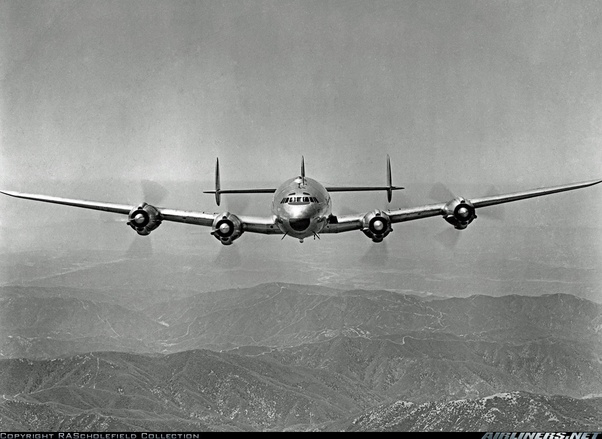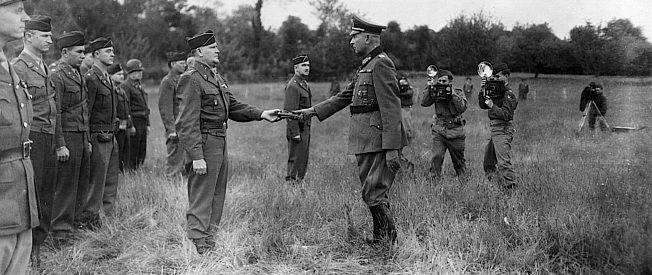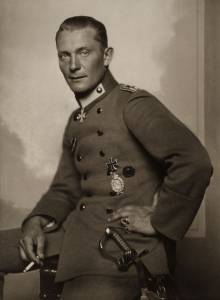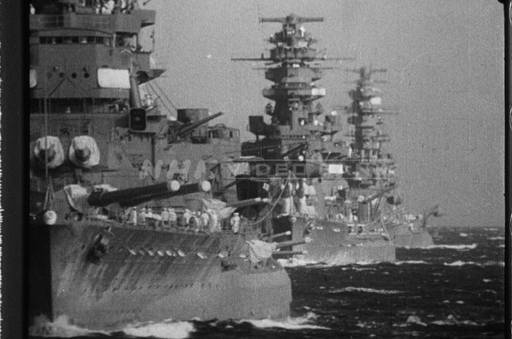

What was the reason behind Connie using a twin tail design on its airliner models instead of the single tail design used by military versions?
What was the reason behind Connie using a twin tail design on its airliner models instead of the single tail design used by military versions? The Lockheed Constellation (“Connie”) adopted a distinctive twin-tail design rather than the conventional single-tail, primarily due to its unique functional requirements and design constraints. Here’s why:
Hangar Clearance:
A single vertical stabilizer that provided the necessary rudder authority for the Constellation’s size and power would have been very tall, potentially too tall for many existing hangars and maintenance facilities at the time. By using a twin-tail configuration, Lockheed reduced the aircraft’s overall tail height, making it easier to fit in standard hangars and reducing operational restrictions.
Rudder Authority and Stability:
The Constellation’s powerful engines required significant control authority to manage asymmetric thrust during engine-out scenarios (i.e., if an engine failed). A single vertical stabilizer would need to be very large to provide the necessary directional control, but two smaller vertical stabilizers could achieve the same effect while also improving yaw stability and control effectiveness.
Design Aesthetics and Identity:
The triple-fin look (two vertical stabilizers and a central fin) became an iconic visual characteristic for the Constellation, setting it apart from other aircraft of the time. This was not the primary reason but did contribute to the recognition and marketing of the aircraft.
For the military version, known as the C-69 during WWII, this twin-tail design was carried over, as it was optimized for the aircraft’s structural and operational needs. However, later designs in aviation, especially for purely military purposes, often switched to single-tail designs as jet technology advanced and hangar height became less of a limiting factor.




